Millet is a gluten-free grain that is high in antioxidants, soluble fiber, minerals, and protein. This versatile grain can be used in salads and soups, or even as a flour substitute in casseroles or pancakes. Many gluten-free beers are also made from millet.
Description
Millet (Panicum miliaceum L.), is an annual plant that belongs to the sweet grass family (Poaceae). Basically, a distinction is made between the large-grain sorghum and the small-grain millet, depending on the nature of the grains. In Europe, the small-grained millet (Proso millet) is mainly offered in grocery stores. The individual millet varieties grow in different climatic soils and climatic zones, and accordingly they have different nutrient compositions.
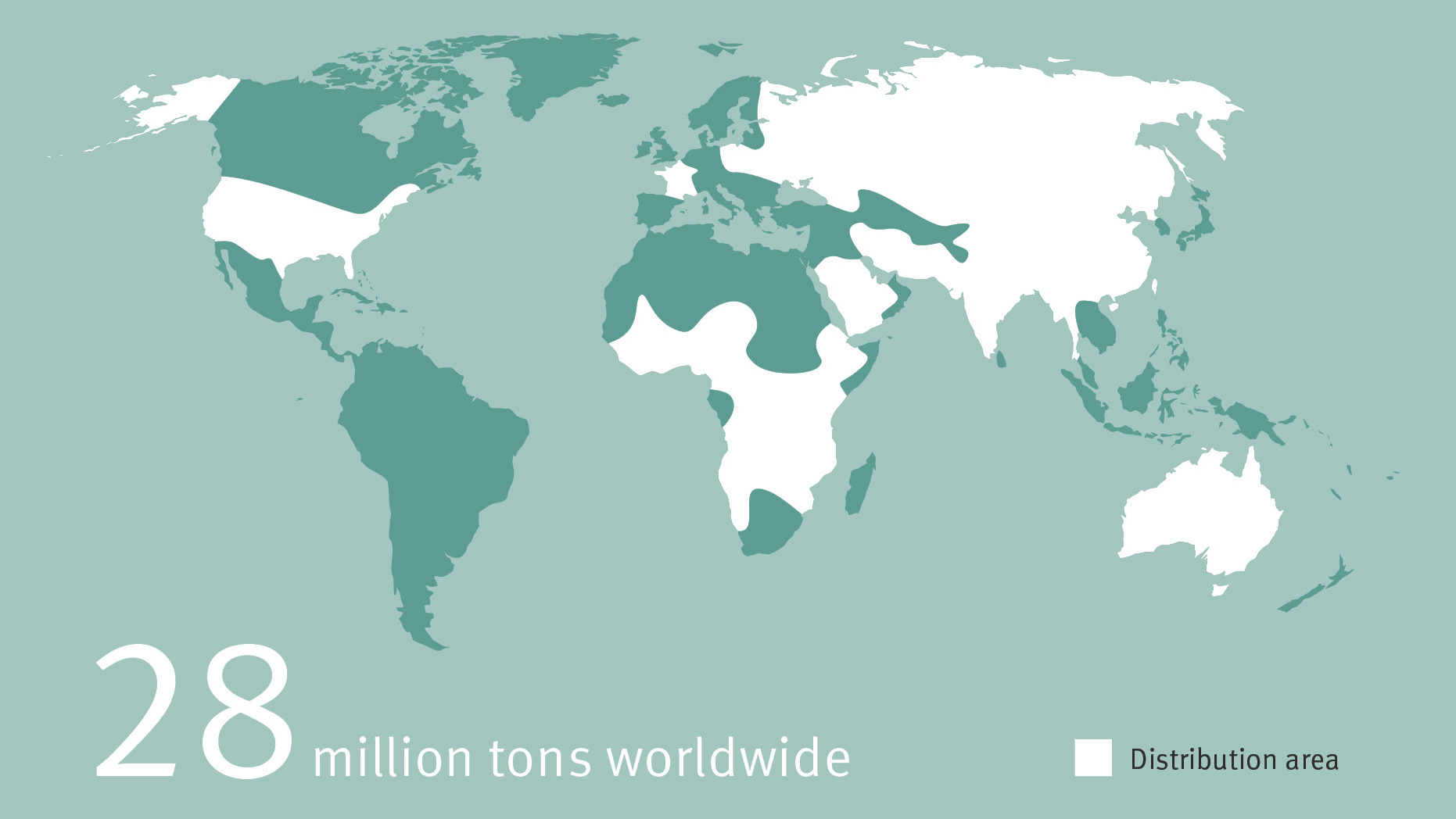
Where is millet grown?
Millet is the shortest-cycle summer cereal that can be grown in both hot (sub-Saharan Africa) and cold temperate zones (Eastern Europe). According to FAO statistics, Asian and African countries (particularly India, Nigeria, Niger, and China) are the largest producers of millet.
According to Research and Markets, an estimated 27.8 million tons of millet were produced in 2019.
Structure of the plant
The structure of the millet plant varies depending on the species and genus. The height of plant varies greatly and can be between 40 and 80 cm (dwarf millet), or up to 5 m (sorghum). Each flower consists of clusters of spikes with elliptical or round fruits, which can take on different colors depending on the variety, from white to yellow to red or brown. The root system is characterized by a size of 60 to 120 cm. The leaves of the millet are linear or lanceolate.
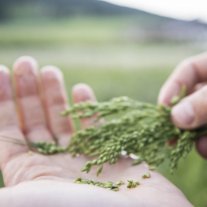
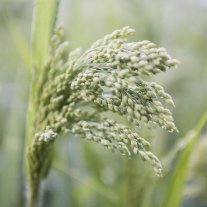
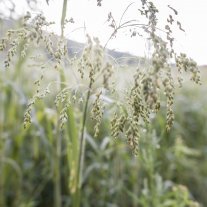
Planting and harvesting information
Millet thrives best in light, sandy soils. It is resistant to drought and thermal stress and sensitive to waterlogging. Millet is often grown as a catch crop, which creates the conditions for greater biodiversity and curbs the infestation of parasites. Millet is planted between the beginning of May and the beginning of June, the vegetation period is around 100 days. The harvest takes place from late August to early September. Yields in the field can range from 2,000-3,000 kg per hectare.
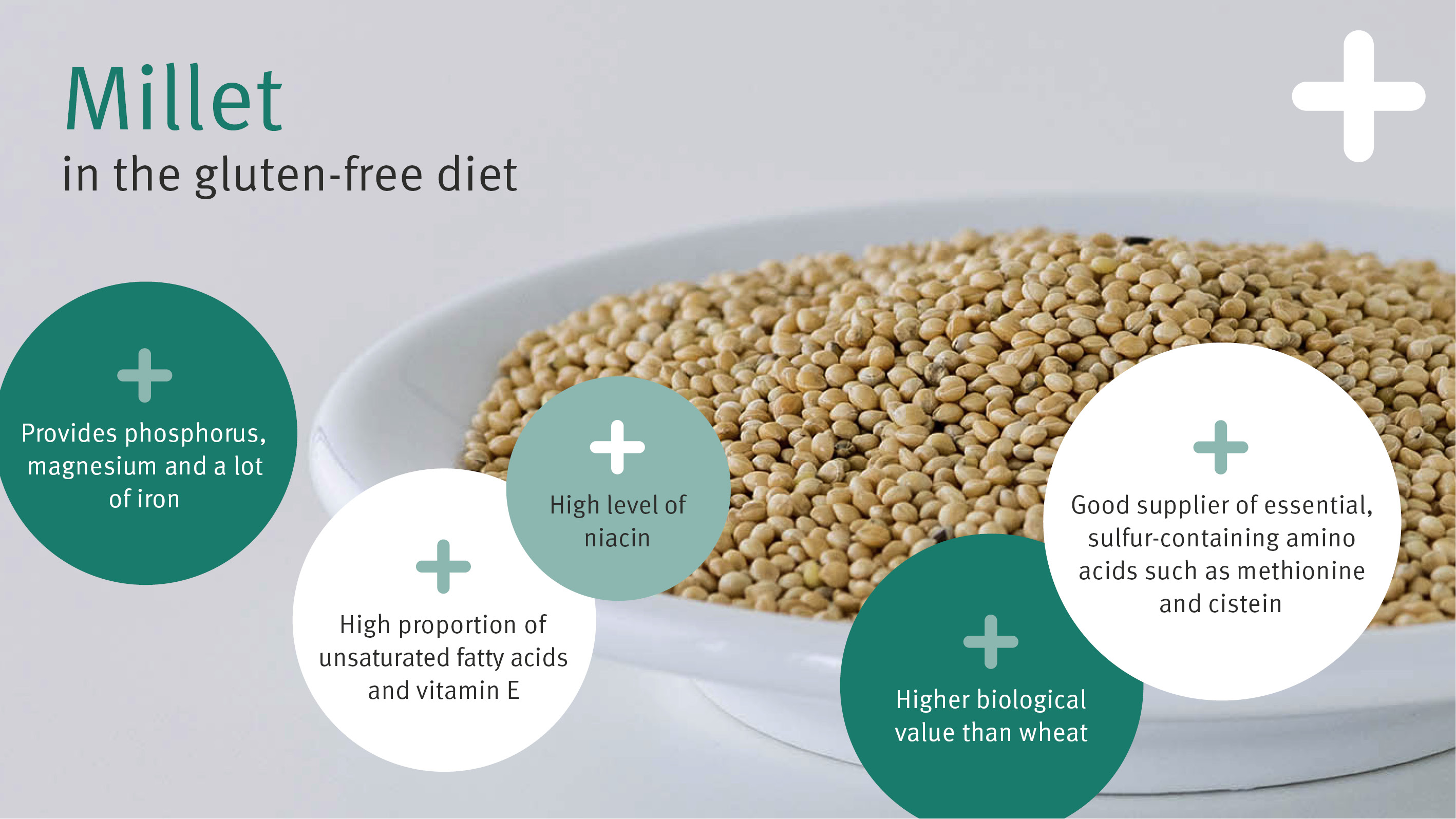
Nutrition Table
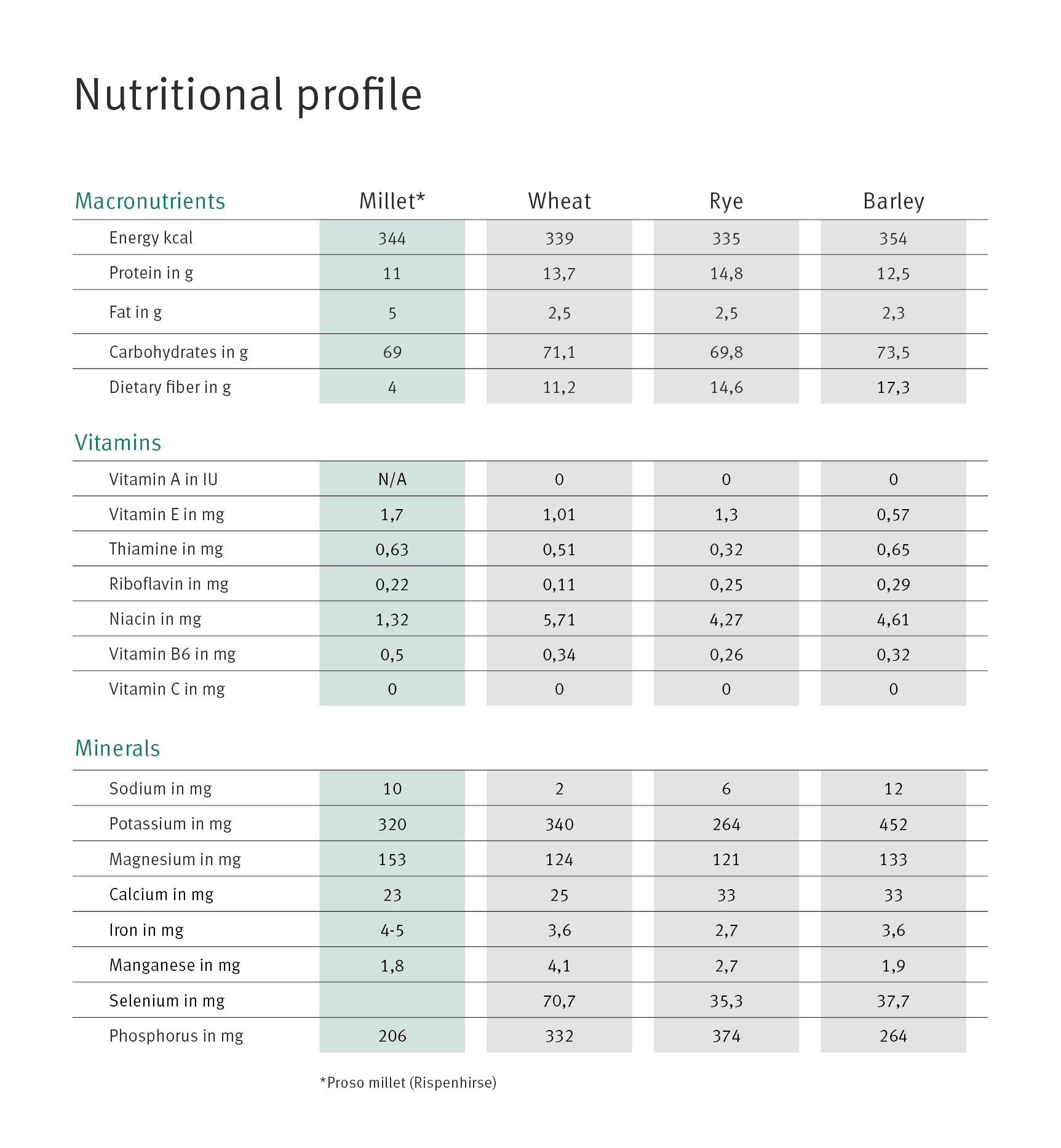
Macronutrients
Carbohydrates: 100g of millet contain an average of 69g of carbohydrates. The glycemic index of millet is around 70, in the range of wheat.
Protein: The protein content of millet typically ranges from 10–13g per 100g. In general, grains contain significant amounts of essential amino acids, especially the sulfur-containing amino acids methionine and cysteine (Amadou, 2013).
Fats: The fat content of millet grains typically ranges from 1.5-3.5g per 100g. Over 50% of the fatty acids are unsaturated, with the linoleic acid (omega-6) content predominating. The grains contain high levels of lecithin, which is important for nervous system function.
Micronutrients
Vitamins: Millet is a significant source of niacin and vitamin A. (Krishnan R, 2018).
Minerals: Millet is high in phosphorus and magnesium. The consumption of one cup of cooked millet covers around a quarter of the requirement for both minerals. Another characteristic of millet is its high iron content, which at almost 7mg per 100g is twice as high as that of wheat.
Antioxidants: Millet contains several antioxidant compounds, including phenolic acids, flavonoids, and tannins, as well as xylo-oligosaccharides (XOs), insoluble fibers, and peptides. Certain fat soluble antioxidants, including vitamin E and carotenoids, are widely distributed across the various millet strains.
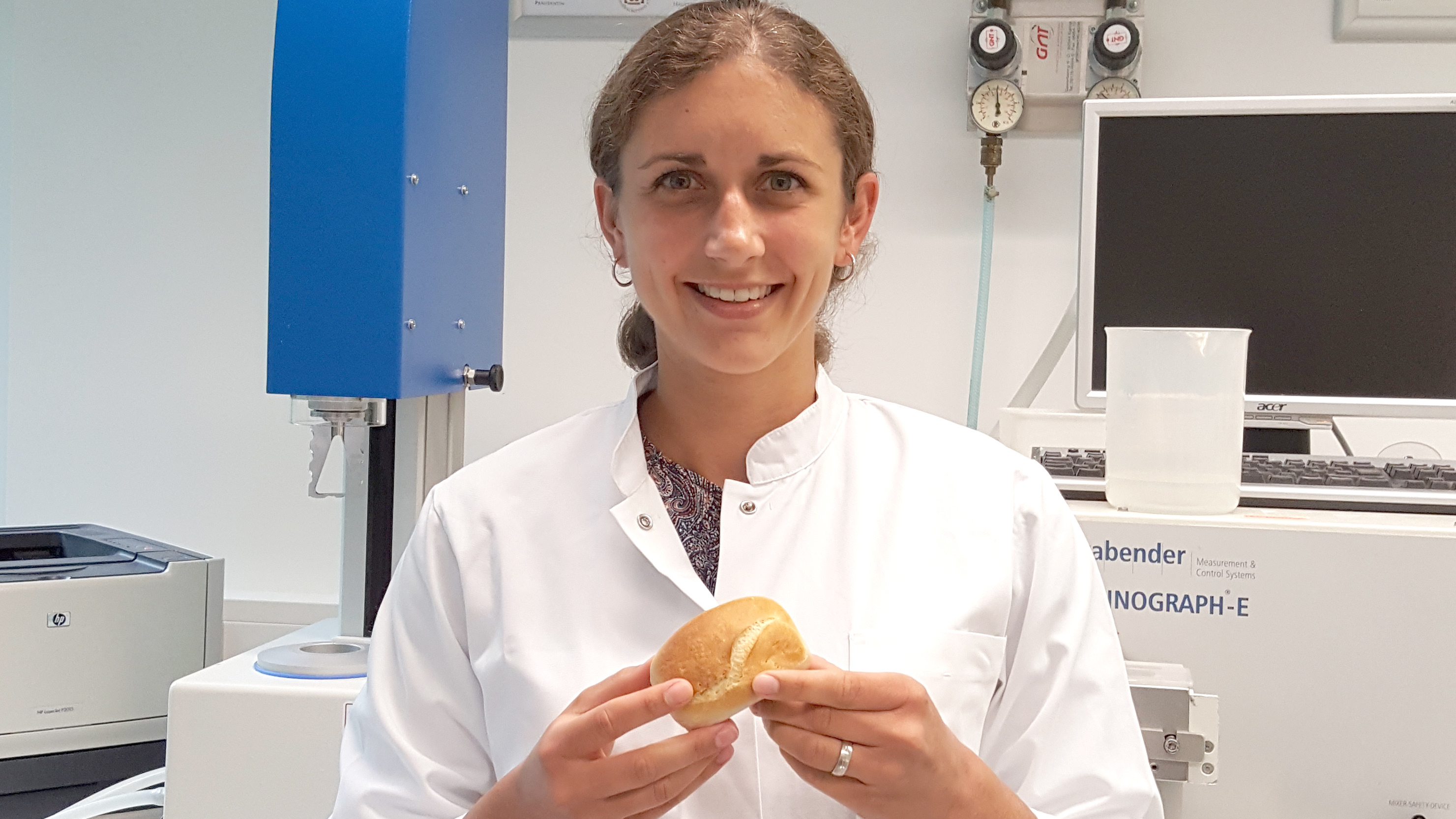
Comment from Frau Prof. Scherf
Food chemist
"The word millet is derived from the Indo-European word for nutritious, which accurately describes the its nutrition properties. Millet was an important staple food in Europe for centuries before it was largely replaced by the cultivation of potatoes, corn, and wheat. Recently, the versatile grain has been rediscovered and is enjoying increased popularity. As a good source of iron, the consumption of millet is highly recommended for the gluten-free diet, particularly because iron deficiency is a common side effect of celiac disease."
References
FAOSTAT, Production quantities of Millet by country 2018, http://www.fao.org/faostat/en/#data/QC/visualize, abgerufen am 17.07.2020
Research and Markets (2019). Global Millet Markets 2019-2024 - India Dominates Global Production & Africa Dominates Global Consumption. https://www.prnewswire.com/news-releases/global-millet-markets-2019-2024---india-dominates-global-production--africa-dominates-global-consumption-300888582.html#:~:text=The%20global%20millet%20production%20was,a%2041.04%25%20global%20market%20share. , abgerufen am 14.07.2020
Die Zusammensetzung der Lebensmittel und Nährwert-Tabellen. Quelle: Souci / Fachmann / Kraut, 2008
A., I. (2013). Millets: Nutritional composition, some health benefits and processing - A Review. FOOD SCIENCE AND NUTRITION, 25 (7), S. 501-508. doi: 10.9755/ejfa.v25i7.12045
Pathak, H. C. (2013). Role of Millets in Nutritional Security of India. New Delhi: National Academy of Agricultural Sciences, 1–16.
http://www.globalsciencebooks.info/Online/GSBOnline/images/0706/FOOD_1(1)/FOOD_1(1)91-100o.pdf, abgerufen am 08.07.2020
Habiyaremye C, Matanguihan JB, D’Alpoim Guedes J, Ganjyal GM, Whiteman MR, Kidwell KK and Murphy KM (2017) Proso Millet (Panicum miliaceum L.) and Its Potential for Cultivation in the Pacific Northwest, U.S.: A Review. Front. Plant Sci. 7:1961. doi: 10.3389/fpls.2016.01961
Himanshu K, Chauhan M, Sonawane SK, Arya SS. Nutritional and Nutraceutical Properties of Millets: A Review. Clin J Nutr Diet 2018;1(1):-10.
Aida Bouajila, Myriam Lamine, FatmaZahra Rahali, Imen Melki, Gangashetty Prakash, Abdelwahed Ghorbel. (2020) Pearl millet populations characterized by Fusarium prevalence, morphological traits, phenolic content, and antioxidant potential. Journal of the Science of Food and Agriculture 100:11, pages 4172-4181.
Krishnan R, Meera MS. Pearl millet minerals: effect of processing on bioaccessibility. J Food Sci Technol. 2018;55(9):3362-3372. doi:10.1007/s13197-018-3305-9
Our supply chain projects
Dr. Schär has been supporting supply chain projects for over 10 years through research and innovation activities conducted at the Dr. Schär R&D Centre at AREA Science Park in Trieste, a multi-sector science and technology park of excellence. The Park's development trajectories focus on life sciences, materials and information and communication technologies (ICT);
Through the coordination, monitoring and study of the quality of agricultural products, Dr. Schär brings together numerous farmers and companies involved in the processing of products in the supply chain to ensure the best qualitative and nutritional characteristics.
Annually, Dr. Schär is responsible for managing important agronomic supply chains for the group's strategic raw materials, diversifying the cultivation areas, taking care of the relationships and adequate technical preparation of the various partners, accompanying the realities involved in the cultivation of corn, sorghum, buckwheat, millet, oats and lentils, developing sustainable strategies for the future that will make the recipes and applications of its food products suitable for the consumers.
Read more at: https://www.drschaer.com/uk/locations